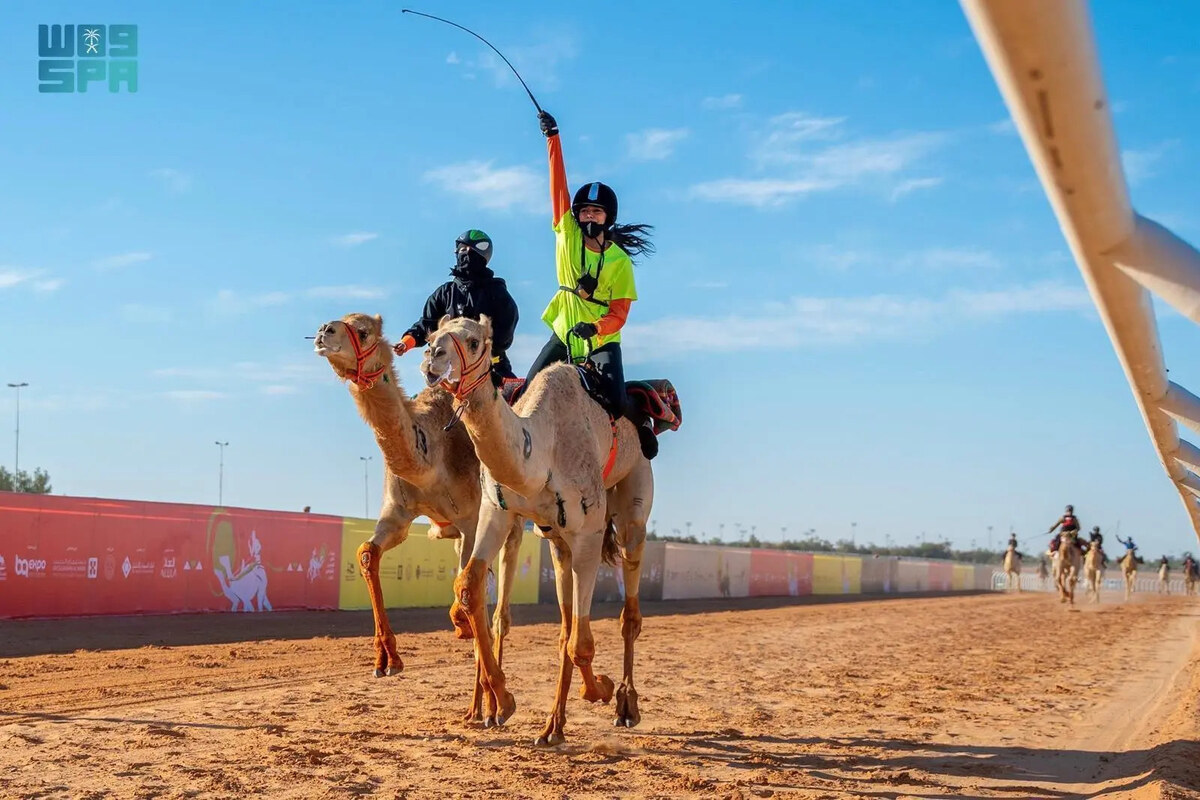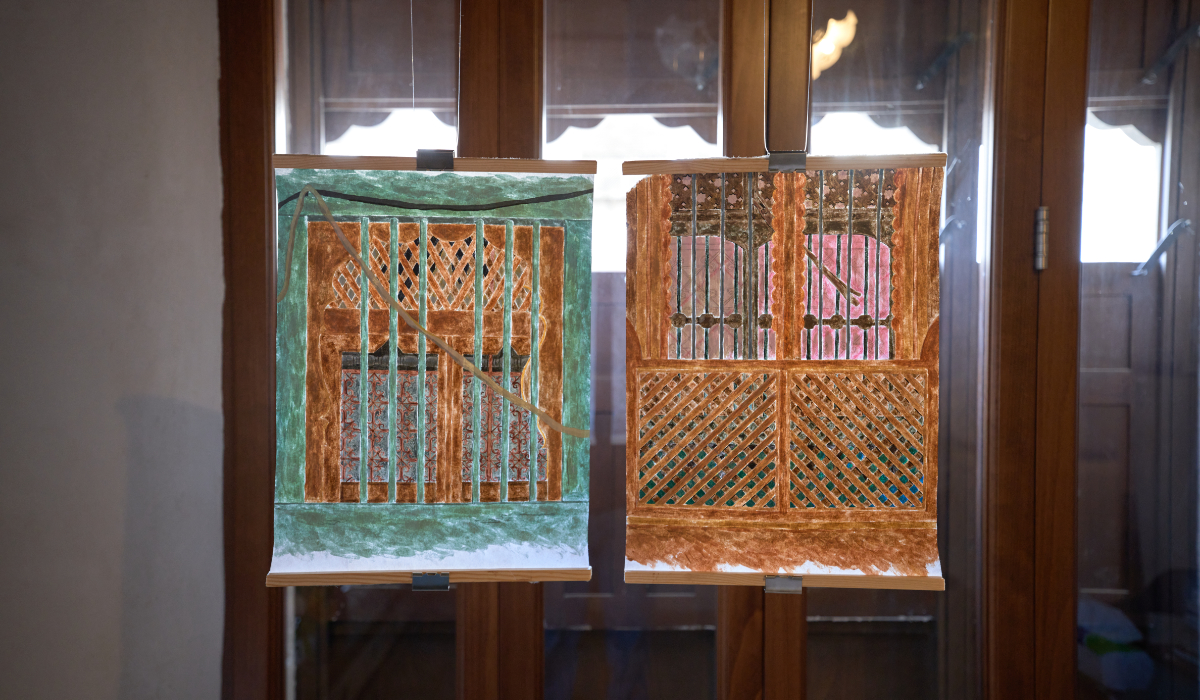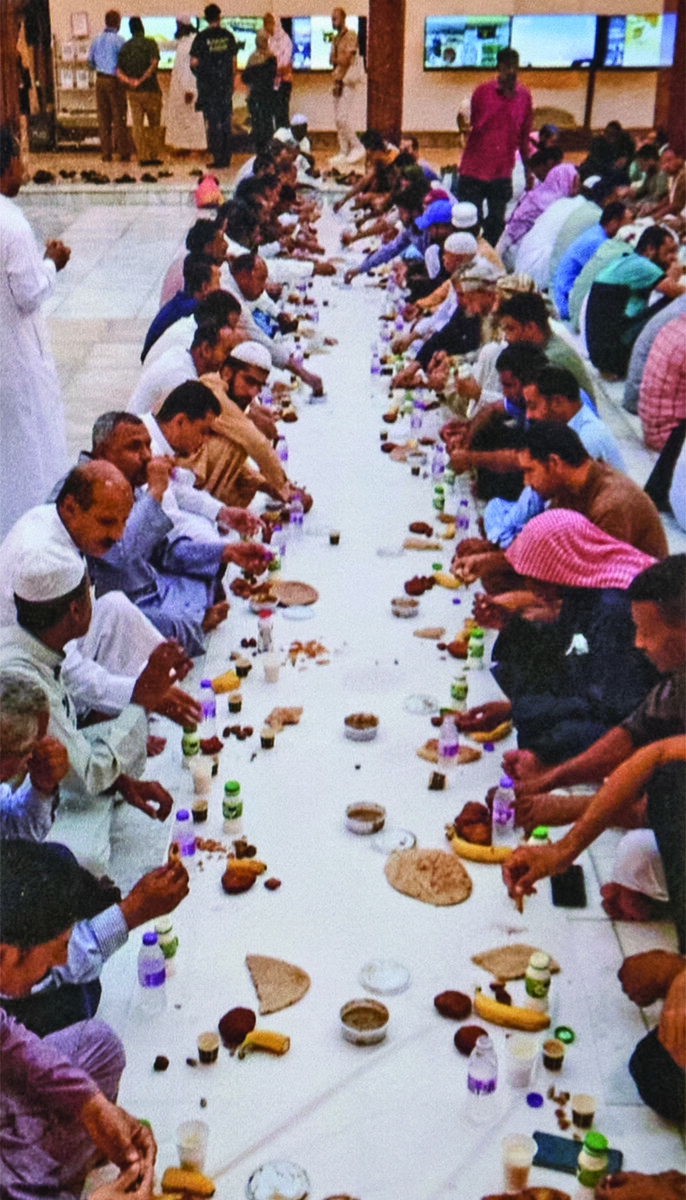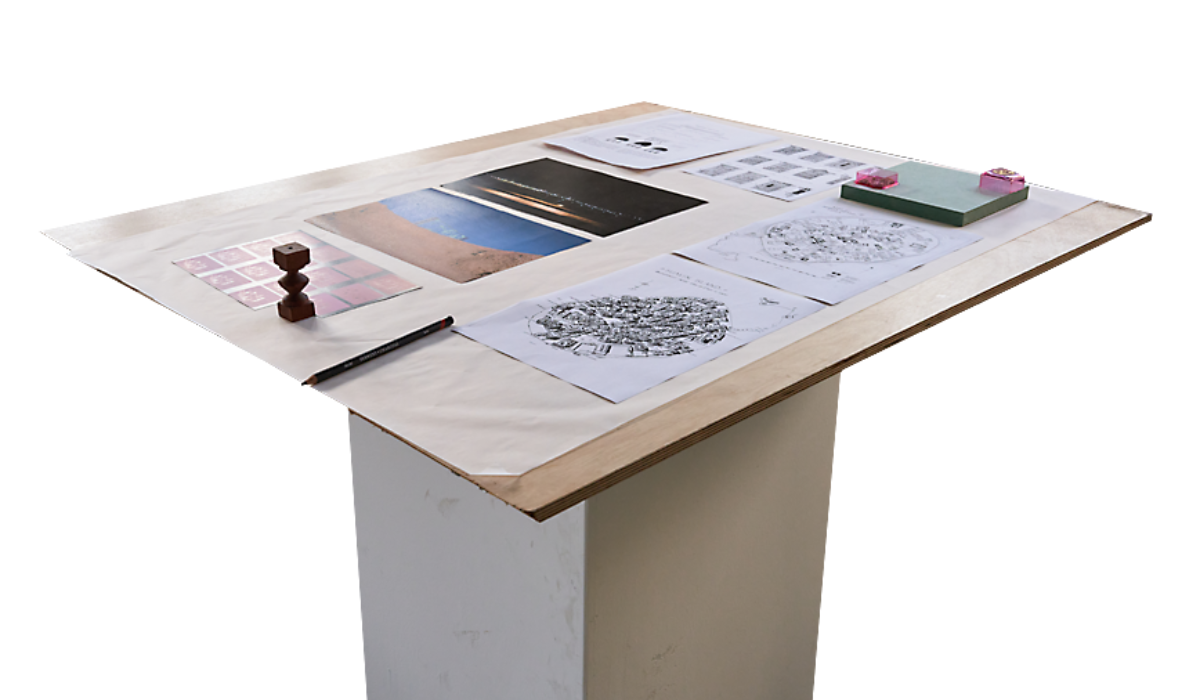JEDDAH: In the holy month of Ramadan, the tradition of breaking fast with dates is deeply ingrained in the fabric of the Muslim society, making this iconic fruit a staple on the iftar spread.
Prophet Muhammad said: “When one of you breaks his fast, let him break it with dates, for they are a blessing; and if he cannot find dates, then with water, for it is pure.”
This practice not only carries religious significance but also offers numerous health benefits. Asmaa Al-Harthi, a clinical nutrition specialist, told Arab News: “Dates provide the body with essential energy after long hours of fasting, thanks to their rich content of simple sugars that replenish blood sugar levels depleted during the day’s fast.”
She added: “Dates are a nutritious and light snack, packed with vitamins and minerals that aid in preparing the stomach for food intake by stimulating the secretion of digestive enzymes, thereby facilitating the digestion process. Furthermore, their high fiber content promotes satiety, preventing overeating and fatigue.”
Dates also play a pivotal role in the Kingdom’s economy, with increasing demand both domestically and internationally.
The date markets in Saudi Arabia have experienced active trading activity and a noticeable turnout from citizens and residents as they seek to purchase the finest varieties available.
This has been seen across date markets and stores. Given that dates are a staple component of the fasting table during Ramadan, these commercial establishments compete to supply all varieties.
Different regions in the Kingdom are renowned for specific types of dates, each with its distinctive flavor and characteristics.
Bashaar Al-Kureai, CEO of Zadna Dates Co., told Arab News about the types of dates that distinguish each region in the Kingdom.
The Qassim region is known for sukkari, khalas, majdool, saqai and berhi varieties, while Madinah offers ajwa, safawi, barni and mmberiah.
Al-Ahsa, the southern region, is known for khalas and ruzziz, and the northern region, Hail, and Jouf are known for Al-Helwah.
The varieties of khalas, sukkari, ajwa, Al-Helwah and safri are in high demand during Ramadan due to their exceptional taste and availability in certain cities.
Dates are a key ingredient in many popular dishes during Ramadan. The Qassim region is particularly known for being the largest producer of dates and for various dishes that incorporate them. For instance, dishes such as hanini and date syrup in kleeja pastries are specialties of the region. Additionally, qashd and areekah are also commonly enjoyed during Ramadan.
Qashd is a dish made from dates and wheat flour, often served during sahoor or iftar. It is a staple dish during winter and Ramadan, known for its thick, porridge-like consistency that provides a high-calorie content, ideal for energizing and warming the body.
Similarly, areekah is made from dates, barley flour, honey and ghee, and some brands have developed it to resemble the preparation of ma’soob, a popular dish in the Makkah region.
The significance of dates goes beyond local consumption, as the Kingdom is a major exporter of dates, with a notable increase in exports in recent years. The National Center for Palms and Dates in Saudi Arabia reported recently a 14 percent increase in the Kingdom’s date exports, reaching a value of SR1.462 billion ($390 million), compared to SR1.280 billion in 2022.
By the end of last year, Saudi Arabia’s date exports reached 119 importing countries, achieving a 152.5 percent increase since 2016, totaling SR1.462 billion by the end of 2023, compared to SR579 million in 2016, with a cumulative annual growth rate of 12.3 percent.
Saudi date exports witnessed significant increases to various countries, including China, which saw a 121 percent rise in date exports in 2023 compared to 2022, and France with a 16 percent increase.
Date exports to Singapore recorded an 86 percent increase in value during 2023 compared to 2022, while Korea achieved a 24 percent increase in value.
As part of King Salman’s gift program, the Saudi Ministry of Islamic Affairs, Dawah and Guidance is coordinating the distribution of dates in 93 countries and organizing iftar banquets in 60 nations.
In Bosnia and Herzegovina, Saudi Envoy Osama Al-Ahmadi, Bosnian Grand Mufti Husein Kavazovic, and other officials, attended programs for the delivery of 10 tons of dates to more than 30,000 people during Ramadan.
In South Africa, Mohammed Ashour, the religious attache at the Saudi embassy, launched two programs to allocate 40 tons of dates for distribution to accredited cities and countries, benefiting at least 90,000 Muslims.
In Indonesia, programs inaugurated by the ministry, with the presence of Saudi Ambassador Faisal bin Abdullah Al-Amoudi, Indonesian Deputy Minister of Religious Affairs Saiful Rahmat Dasuki, and envoys from Arab and Islamic countries, will provide iftar to about 40,000 people and distribute 20 tons of dates and copies of the Holy Qur’an.
In Senegal, the ministry will oversee the distribution of 15 tons of dates to families, Islamic centers, orphanages and mosques throughout the West African country.






































